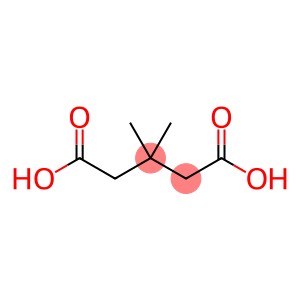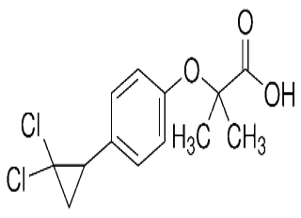3-Methyl-1-butanol(CAS#123-51-3)
| Hazard Symbols | Xn – Harmful |
| Risk Codes | R10 – Flammable R20 – Harmful by inhalation R37 – Irritating to the respiratory system R66 – Repeated exposure may cause skin dryness or cracking R20/22 – Harmful by inhalation and if swallowed. |
| Safety Description | S46 – If swallowed, seek medical advice immediately and show this container or label. S16 – Keep away from sources of ignition. |
| UN IDs | UN 1105 3/PG 3 |
| WGK Germany | 1 |
| RTECS | EL5425000 |
| TSCA | Yes |
| HS Code | 29335995 |
| Hazard Class | 3 |
| Packing Group | II |
| Toxicity | LD50 orally in rats: 7.07 ml/kg (Smyth) |
Introduction
Isoamyl alcohol, also known as isobutanol, has the chemical formula C5H12O. The following is an introduction to its nature, use, preparation method and safety information:
Quality:
1. Isoamyl alcohol is a colorless liquid with a special wine aroma.
2. It has a boiling point of 131-132 °C and a relative density of 0.809g/mLat 25 °C (lit.).
3. Isoamyl alcohol is soluble in water and most organic solvents.
Use:
1. Isoamyl alcohol is often used as a solvent and has a wide range of applications in coatings, inks, adhesives and cleaning agents.
2. Isoamyl alcohol can also be used to synthesize other compounds such as ethers, esters, and aldehydes and ketones.
Method:
1. A common preparation method of isoamyl alcohol is obtained by acidic alcohololysis reaction of ethanol and isobutylene.
2. Another preparation method is obtained by hydrogenation of isobutylene.
Safety Information:
1. Isoamyl alcohol is a flammable liquid that can cause a fire when exposed to an ignition source.
2. When using isoamyl alcohol, it is necessary to avoid inhalation, contact with the skin or ingestion into the body to prevent damage to health.
3. Good ventilation measures should be taken when using isoamyl alcohol to ensure indoor air circulation.
4. In case of leakage, isoamyl alcohol should be isolated quickly, and the leakage should be properly disposed of to avoid reaction with other substances.








